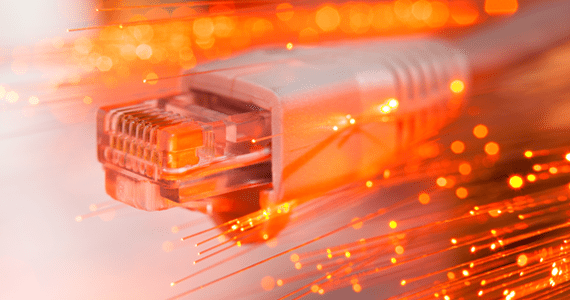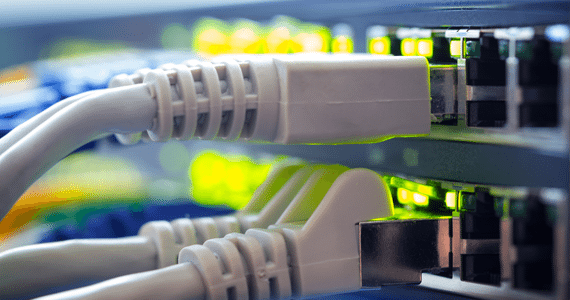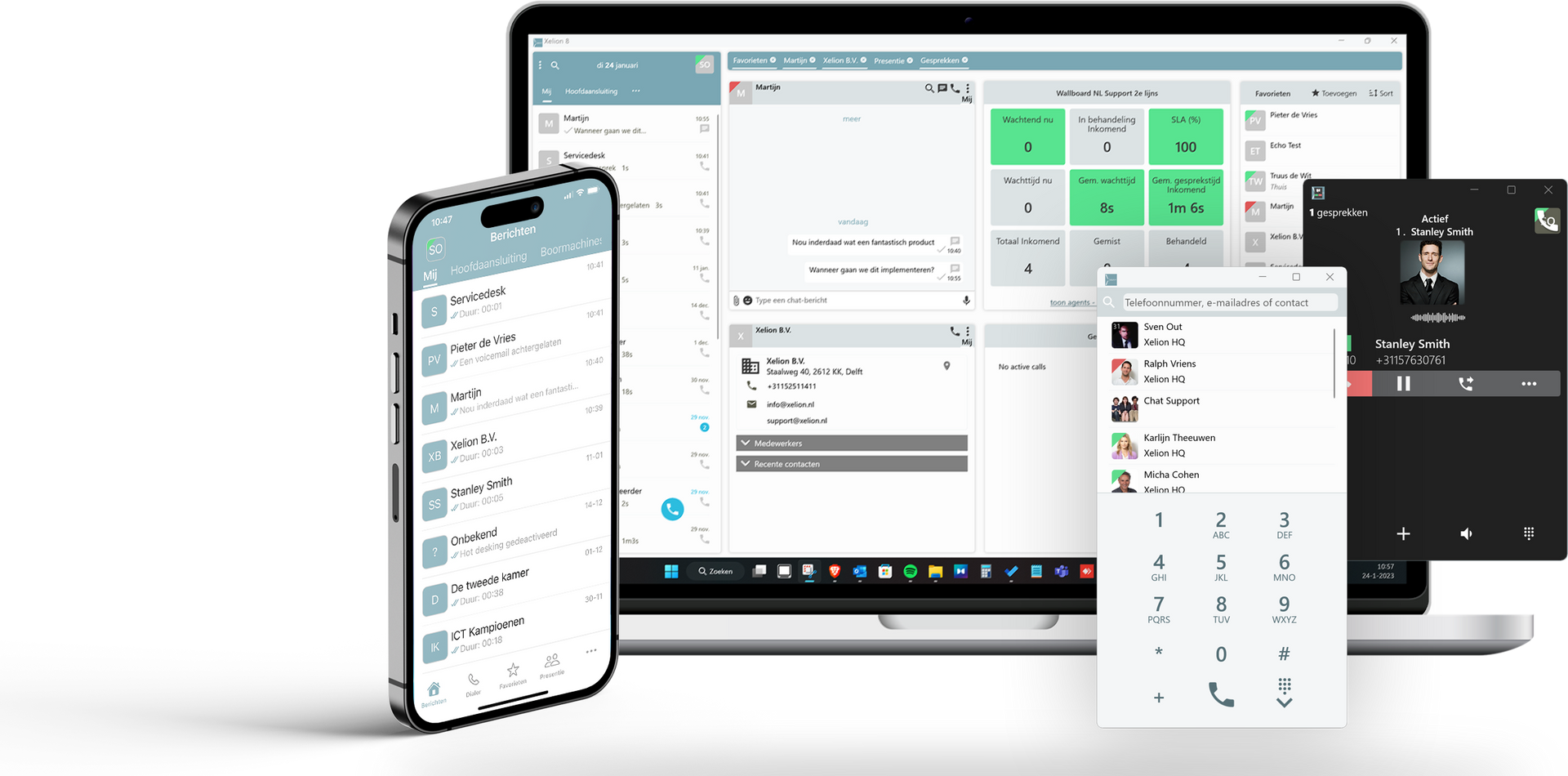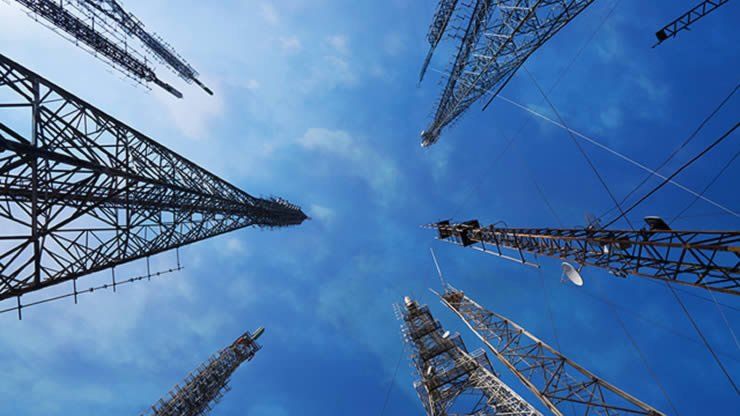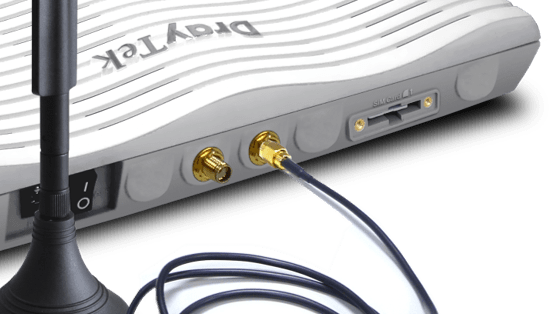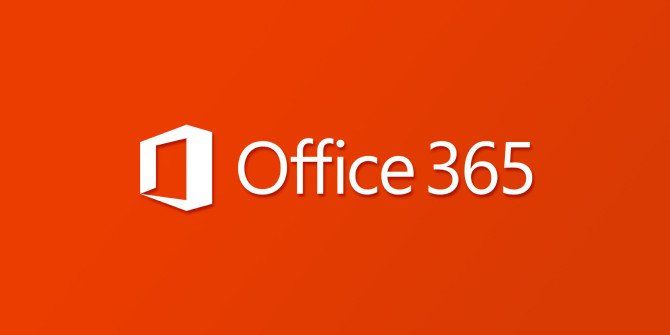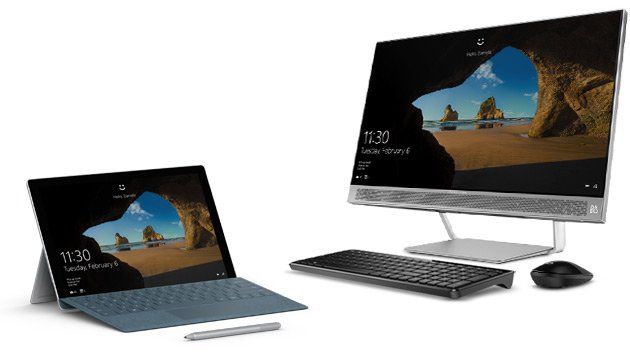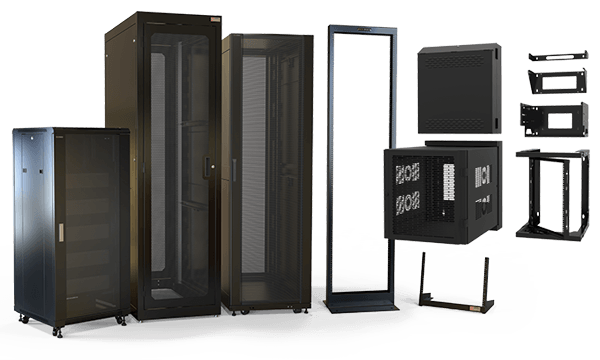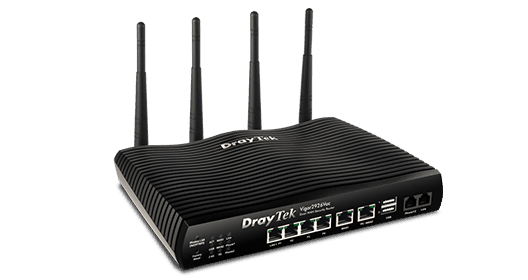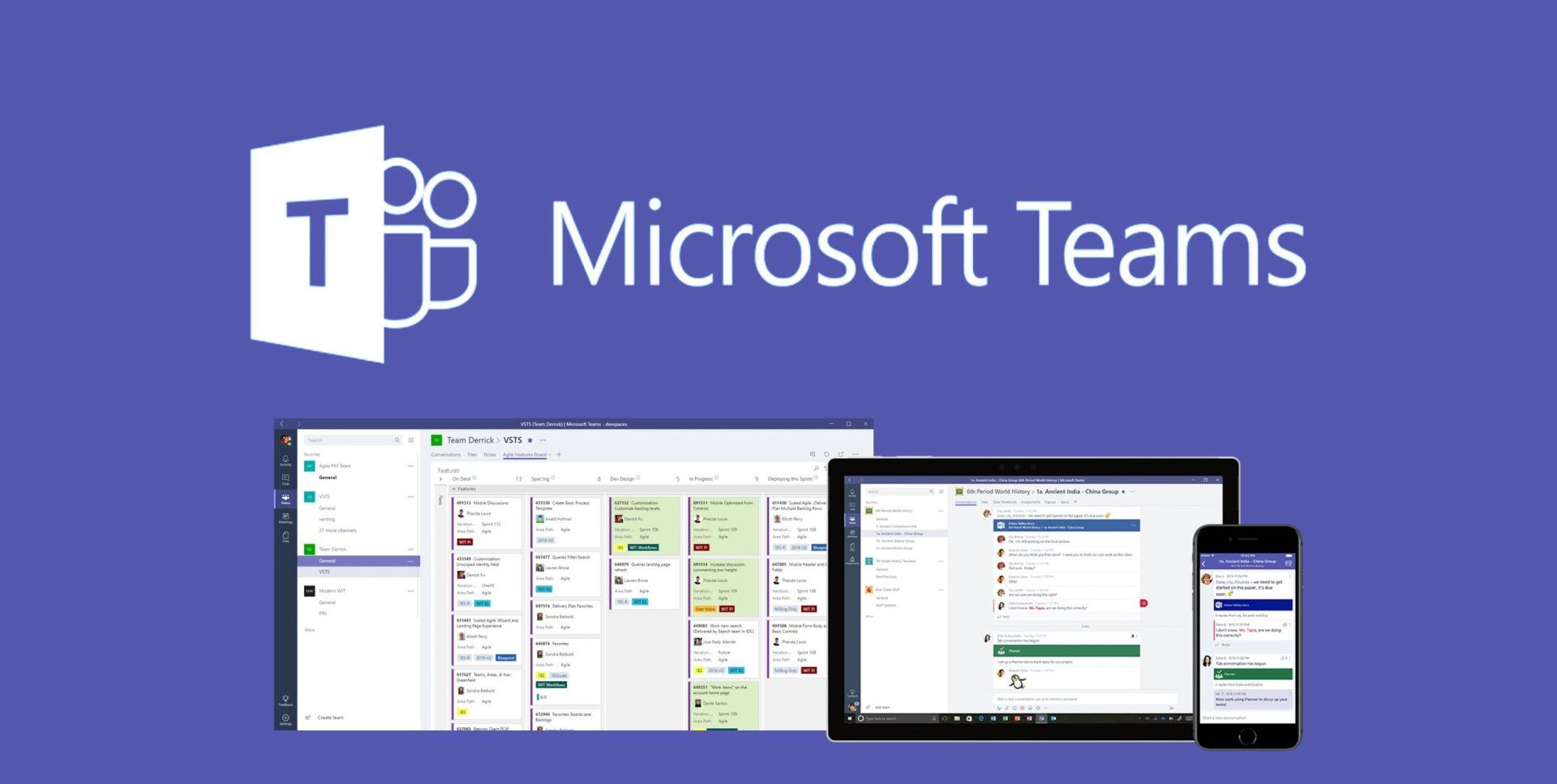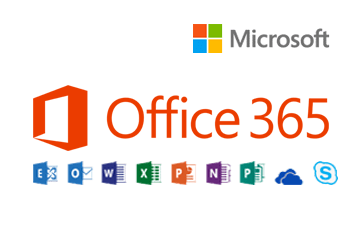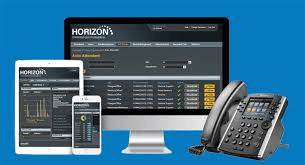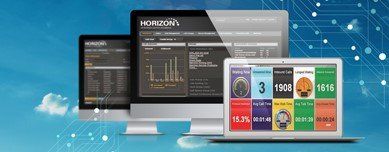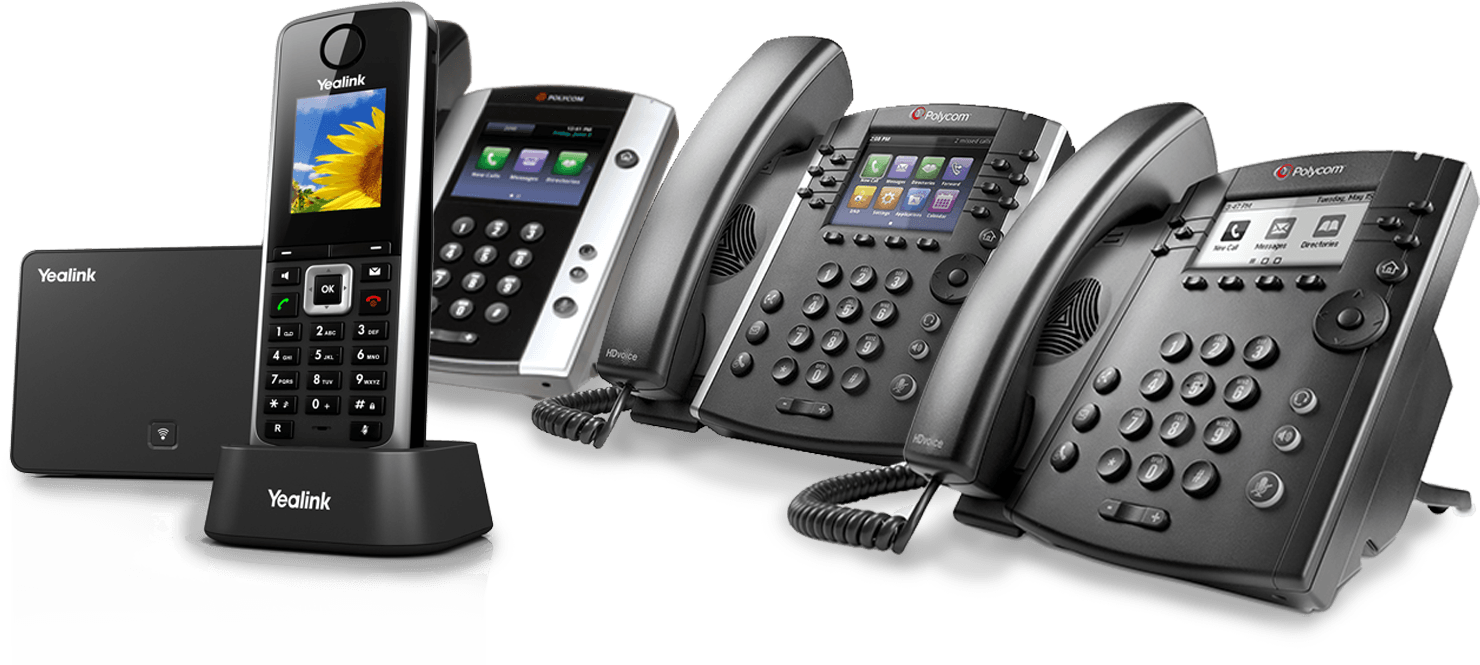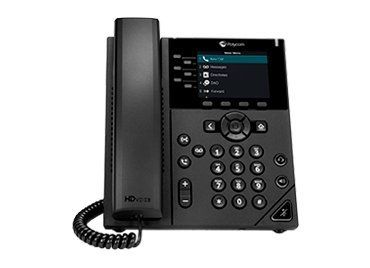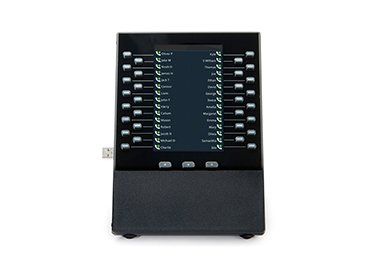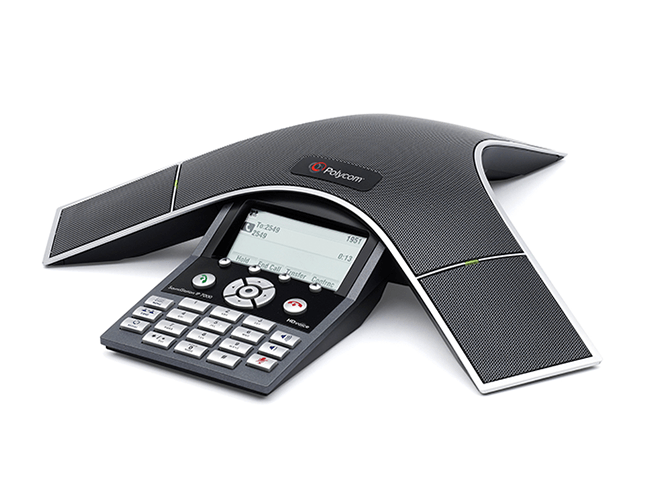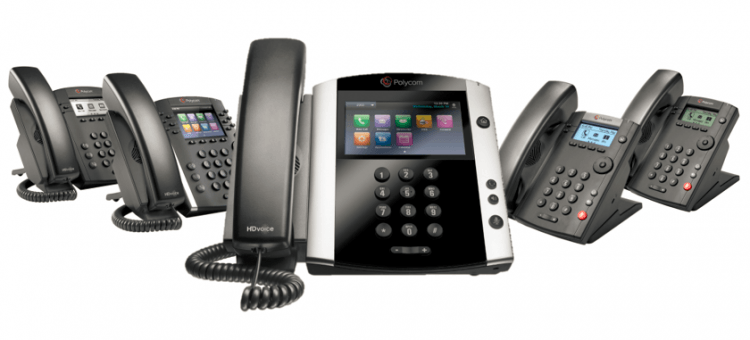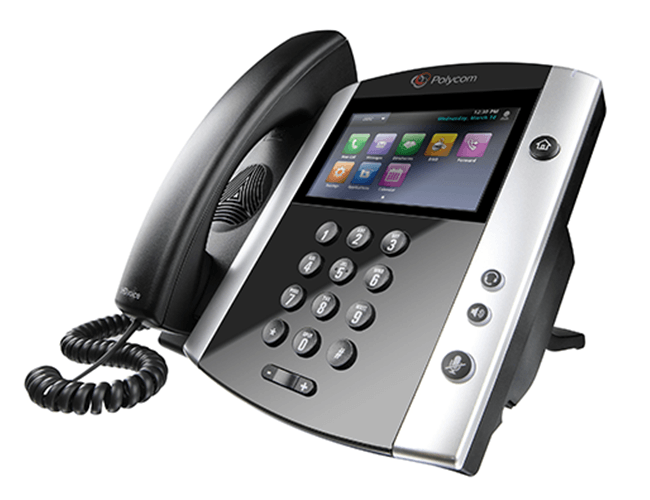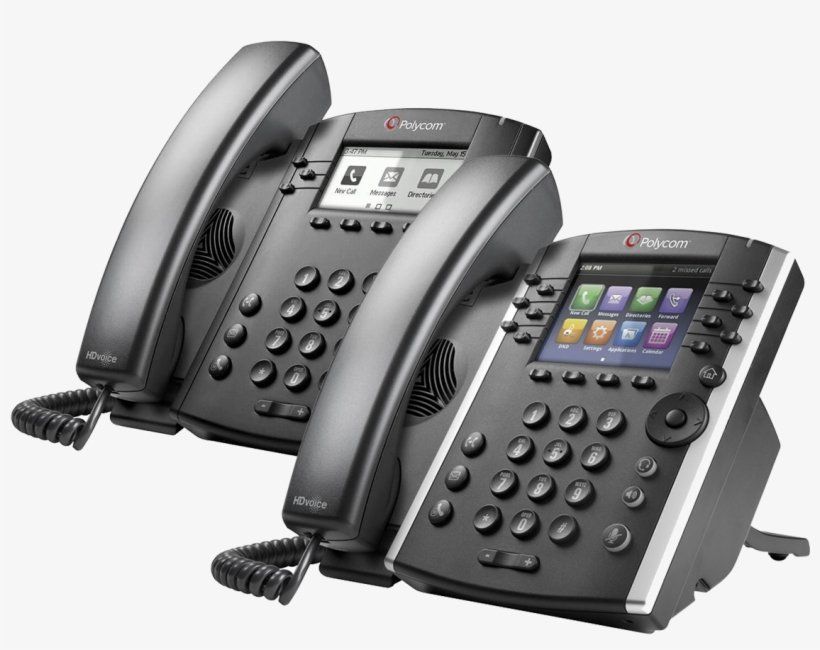Broadband and Internet
ADSL,
FTTC,
EFM or Dedicated Fibre
circuit (with 1:1 contention full duplex)
Fibre Ethernet
This service is delivered using end-to-end fibre optic connections and provides:
- Options to deliver services over either 100Mbps or 1Gbps circuits
- Symmetric speeds from <10Mbps to 1Gbps
- Robust SLAs around performance and availability
- A six clock hour break fix time
- 24/7 monitoring with UK-based helpdesk
EFM (Ethernet in the First Mile)
Our EFM service is delivered over aggregated copper pairs and provides:
- A lower cost option to Fibre Ethernet
- Symmetric speeds of up to 35Mbps
- Much faster delivery times than Fibre Ethernet
- Robust SLAs around performance and availability
- An eight clock hour* break fix time
- 24/7 monitoring with UK-based helpdesk
FTTC Ethernet
This service is delivered using Fibre To The Cabinet (FTTC) technology and provides:
- A lower cost option to EFM
- Symmetric speeds of up to 20Mbps with the option to purchase up to 80Mbps downstream
- Faster delivery lead times than both Fibre Ethernet and EFM
- Robust SLAs around performance and availability
- An eight clock hour break fix time
- 24/7 UK-based support
ADSL broadband is a connection provided over home or business telephone lines.
- ADSL will normally be able to provide up to 20Mb download and around up to 2Mb upload speeds, depending on your distance from the exchange.
Openreach manages most of the UK's landline infrastructure, so when you have an ADSL connection, your need to rent your phone line from Openreach. Although you will normally be billed by your ISP (Internet Service Provider)
If you already have an existing phone line, the broadband is added onto the package
There are generally two types of fibre broadband connections
- FTTC is more commonly referred to as Fibre Broadband. Fibre-to-the-Cabinet (FTTC) involves running fibre optic cables from the telephone exchange or distribution point to the street cabinets which then connect to a standard phone line to provide broadband. This is combined with a copper cable from the cabinet to the home or business which uses VDSL or similar technology that can deliver much faster speeds over shorter distances. Because the distance is much shorter speeds can generally be faster up to 80Mb down and 20Mb upload.
- Fibre-to-the-Premises ( FTTP), also often referred to as Fibre-to-the-Home (FTTH) provides and end-to-end fibre optic connection the full distance from the exchange to the building and can deliver faster speeds than FTTC as there is no copper leg at all.
How fast is fibre broadband?
- Fibre to the Cabinet (FTTC) broadband comes in three main variants which offer a downstream line connection speed of 80 meg (80 Mbps), 55 meg (55 Mbps) or 40 meg (40 Mbps), but the actual maximum throughput speed of the service will be slightly lower than this at around 76 / 52 / 38 Mbps. Different upstream speeds are available at either 2Mbps or 10Mbps on the 40 Mbps variant, with 10 Mbps on the 55 Mbps version and finally 20 Mbps up on the 80 Mbps.
- Not everyone will receive the maximum speed as it depends on the length of your phone line to the cabinet which is providing your broadband service, it should be noted that since all the FTTC services rely on the same VDSL2 technology that unless you are getting the maximum speed from a 40 Mbps product upgrading to a 55 or 80 Mbps product will not boost your speeds.
Another option for Businesses is EFM (Ethernet First Mile)
- EFM is a symmetrical service, meaning upload and download speeds are the same.
- This allows businesses to benefit from higher rates of upload than standard broadband with the assurance of an SLA. EFM is reliable and dedicated business internet solution, making it ideal for the adoption of services like Hosted VoIP, Hosted Exchange or Skype for Business which can require high upload speeds.
- Another notable advantage is that EFM is a completely dedicated service so the bandwidth is all yours. It does not suffer from any loss of performance at peak times like broadband services. This means your business will not suffer from any dips in bandwidth at certain times of day, maximising business productivity.
- EFM is a business grade Ethernet service and is backed up by a strong SLA (Service Level Agreement) which guarantees uptime and service restoration times in the event of an outage. This is essential for businesses who rely heavily on their data connection.
Dedicated Fibre Ethernet circuit (with 1:1 contention full duplex)
A direct dedicated Fibre Ethernet line from the exchange to your premises

